10 ways the new Mercedes-Benz EQS sets the benchmark for technology in luxury EVs
The Mercedes-Benz EQS is a butler, chauffeur, and wellness guru, not just a luxury electric car

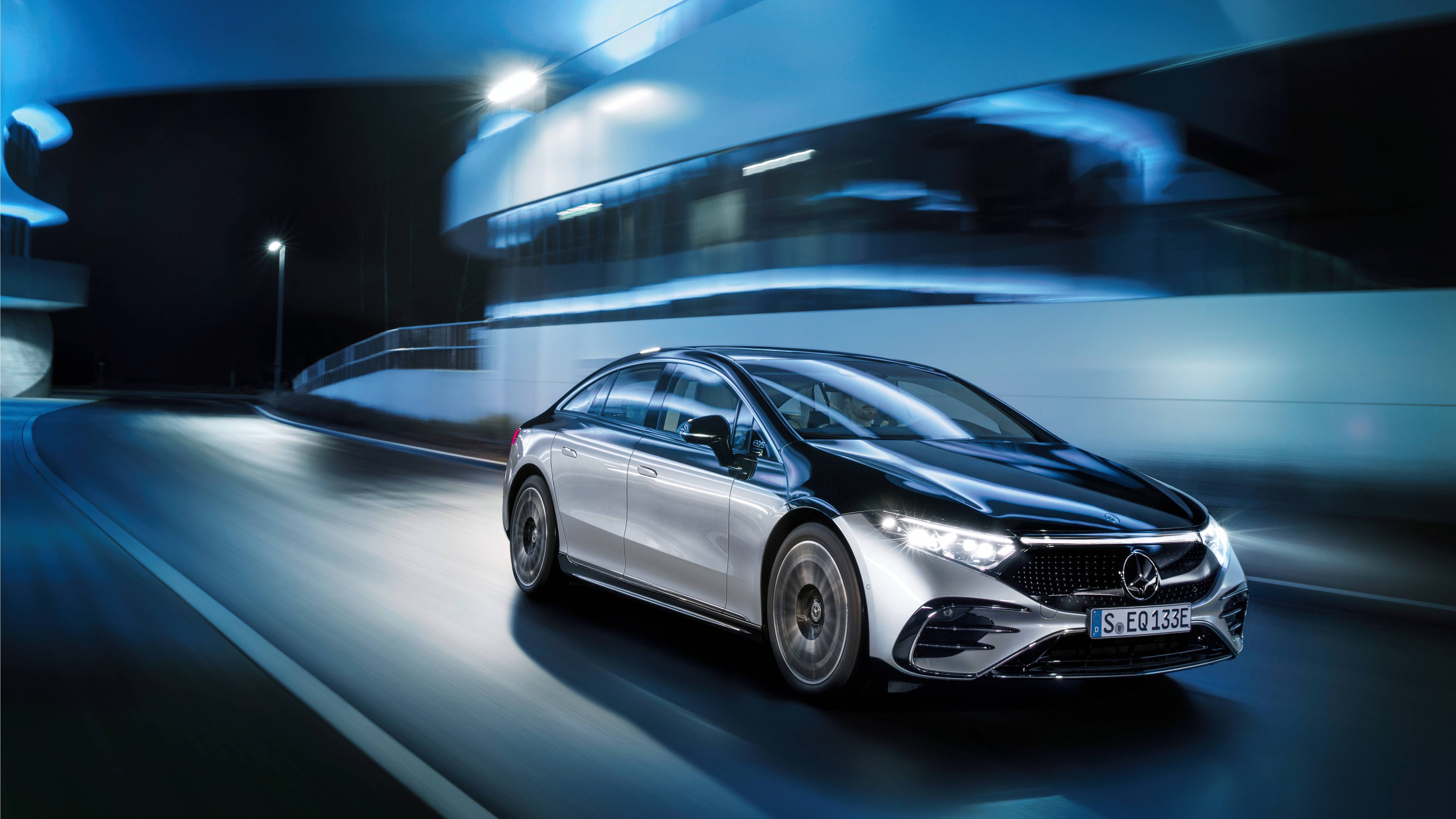
We’ve finally had the chance to get behind the thick-rimmed, leather trimmed, heated, and button-festooned steering wheel of the Mercedes-Benz EQS, the company’s EV flagship.
Launched late last year, the EQS is the traditional auto industry’s most coherent response to the paradigm-shifting challenge presented by new brands. It’s an elegant package that wraps up the very best of over a century of Mercedes-Benz’s design and engineering skills with credibly cutting-edge technology. Here are ten reasons why the EQS sets a new benchmark.
1. The Hyperscreen
Although it’s an option on the most ‘basic’ model, the EQS 580 4MATIC comes with the Hyperscreen as standard. Perhaps the logical conclusion of the digital dashboard – at least for now – this sweep of black glass extends 141cm across the entire fascia.
The glass is subtly curved, baked into shape at 650°C, and embedded within it are three OLED screens running the MBUX operating system. There’s a 12.3” driver display, massive 17.7” central display and a separate 12.3” screen for the passenger, which can serve up maps and media independently of the other two. Interior sensors can tell if the driver is trying to sneak a glimpse at the passenger screen – if they do, it will be automatically dimmed.
MBUX is punchy, responsive, and fast, with 12 embedded actuators to provide haptic feedback to your finger presses. Different screen styles can be selected depending on the drive mode and your personal preference.
If that’s not enough, you can choose to rely almost entirely on the head-up display, which incorporates augmented reality navigation – a dynamic arrow overlaid on the road ahead to show you exactly where to turn.
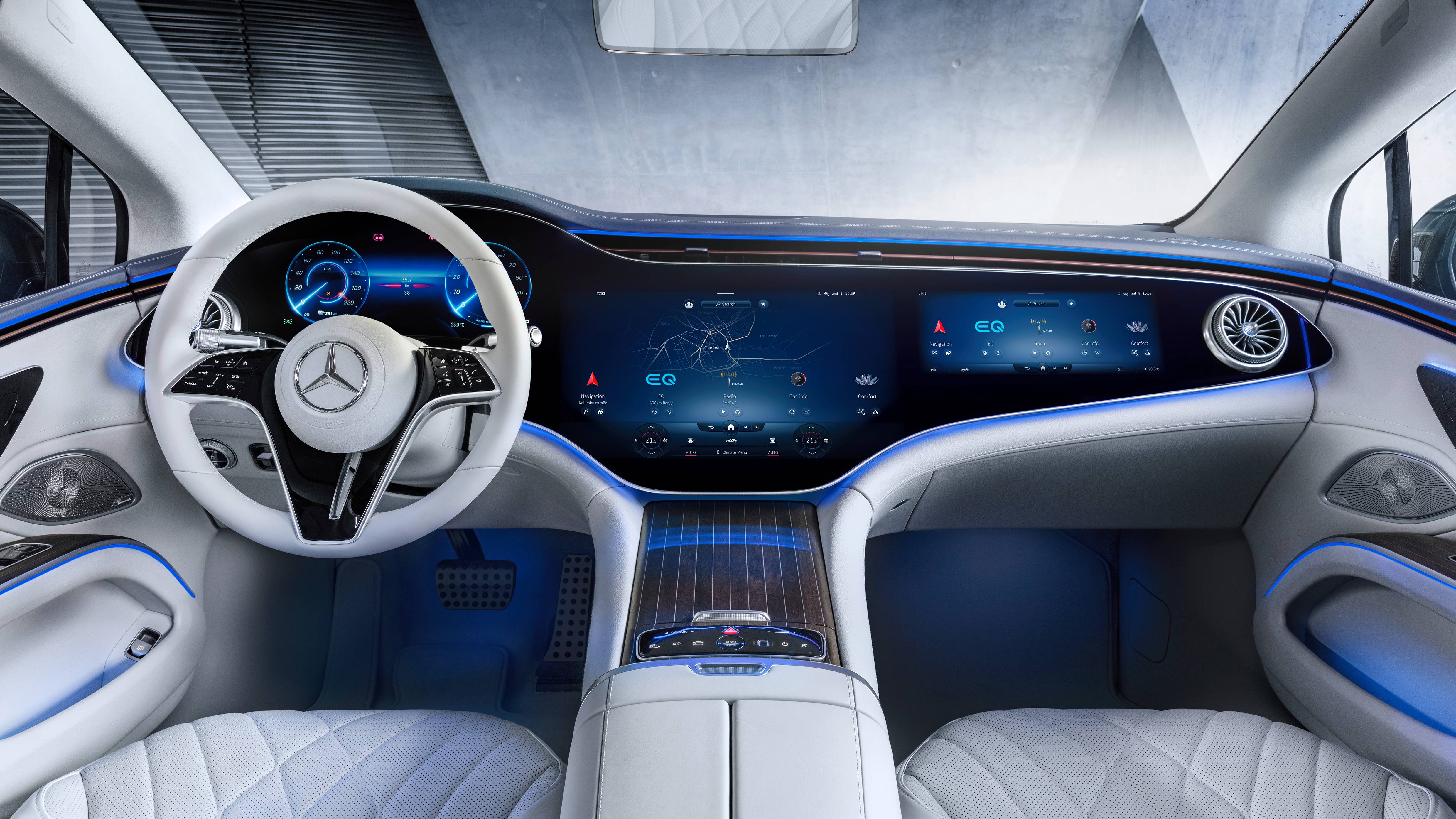

2. The lighting
As if the luminosity of the screen wasn’t enough, the entire cabin is bedecked with LED lights, creating another layer of visual interest and depth, enhancing the atmosphere, and reacting in real time to external and internal events.
Get all the latest news, reviews, deals and buying guides on gorgeous tech, home and active products from the T3 experts
Stray from your lane and a slash of red is thrown up on the windscreen screen, perfectly aligned with the meridian you've just crossed, while the ribbon of light that runs around the cabin also flashes a stern warning. Crank up the interior heat and the footwells will briefly glow red to reinforce your action.

Outside, the EQS’s digital headlights use three LEDs in each headlamp, each containing 1.3 million micro-mirrors to diffuse and refract the light, shaping the beam around oncoming traffic and the cars in front so as not to dazzle them. The striking rear lights appear to be curved into the form of a three-dimensional helix, with no detail too small to be overlooked.

3. The range
As its name suggests, the EQS 580 4MATIC has two sets of electric motors to drive both axles, with adaptive air suspension that can switch between wallowing comfort and sharp(ish) sport modes. The EQS is the most streamlined production car ever made, with a drag co-efficient of 0.20.
The maximum power output in the standard model is 385 kW, with the largest battery having a capacity of 120kWh. For comparison, the Tesla Model S Performance comes in at around 100kWh and has up to 580 kW of power. The equivalent EQS, the high-performance Mercedes-AMG EQS 53 4MATIC+, has 560 kW.
As any EV driver knows, all this power is pretty redundant if you can’t cushion it with adequate range. Mercedes claims the EQS will go a maximum distance of 453 miles, but you can expect that to plummet if you’re making any use of ‘Sport’.
Intelligent recuperation effectively gives you one-pedal driving, working with the car’s sensor systems to convert slowing traffic ahead into kinetic energy. Nevertheless, a buffer of a couple of hundred miles staves off any thought of range anxiety. The battery has a 10 year or 250,000km warranty and if you’re lucky enough to live near one of the sixteen IONITY stations in the UK, you can use the biggest charge unit to squirt in over 180 miles of range in just 15 minutes.
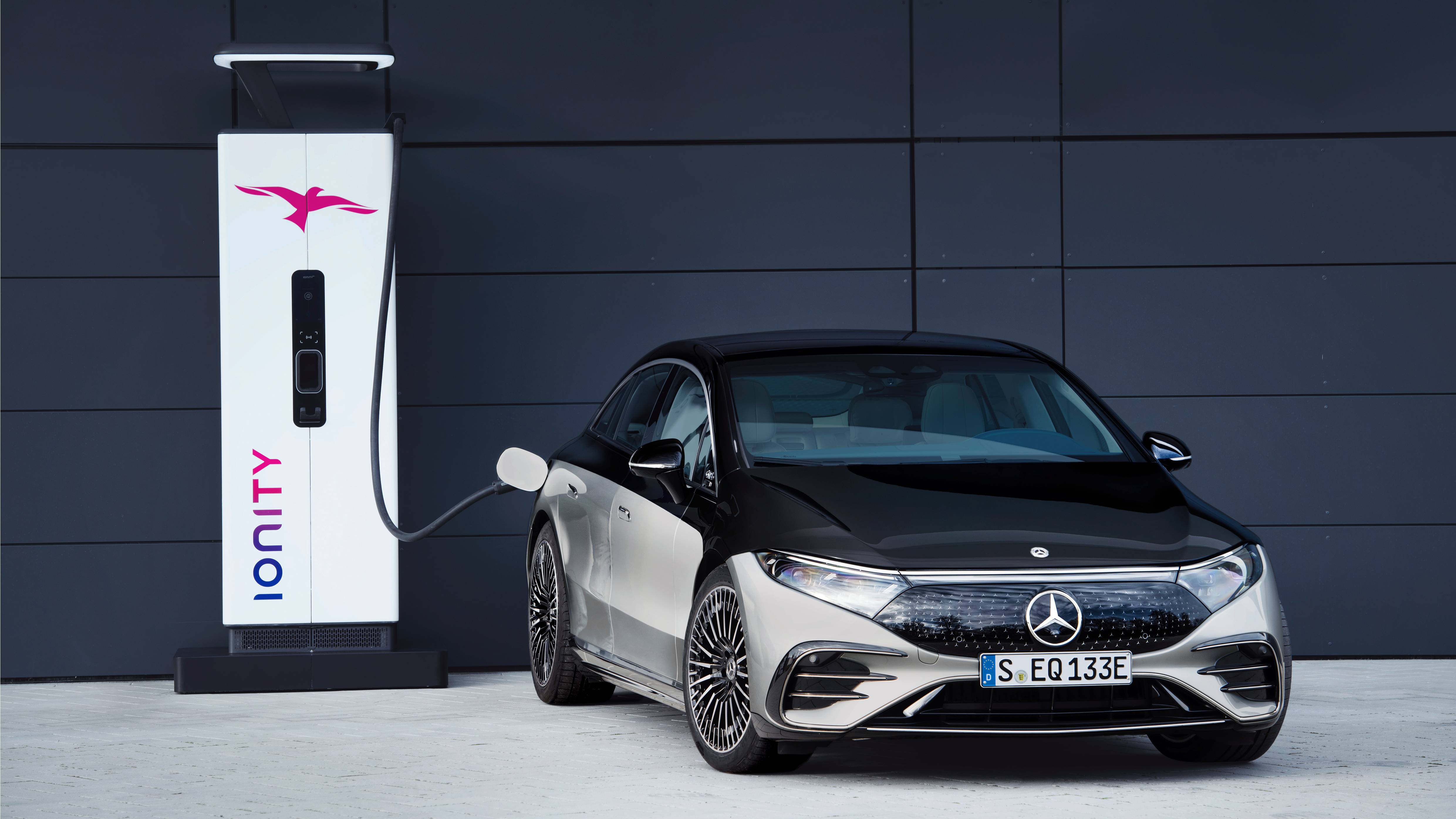
4. The sensors
The EQS makes a virtue of the big Mercedes grille, transforming it into a mysterious ‘Black Panel’ stuffed with sensor technology. The capability of Mercedes’ DRIVE PILOT technology now comfortably outstrips the available legal framework, and the ultrasound, camera, radar and LiDAR work together to ensure the car knows a lot more about what’s going on around it than you do.
On a smooth stretch of motorway, DRIVE PILOT is the closest you’ll get (right now) to fully automated driving: as long as you give the wheel a regular, reassuring squeeze, the EQS can power through the night with solid lane tracking and near-silent operation.
Cars that park themselves are hardly new, but the optional 360° surround system is also worth a mention. Like BMW and Rolls-Royce, it displays a 3D model of the car, with a dynamic live environment stitched in around it from the four wing-mirror mounted cameras.
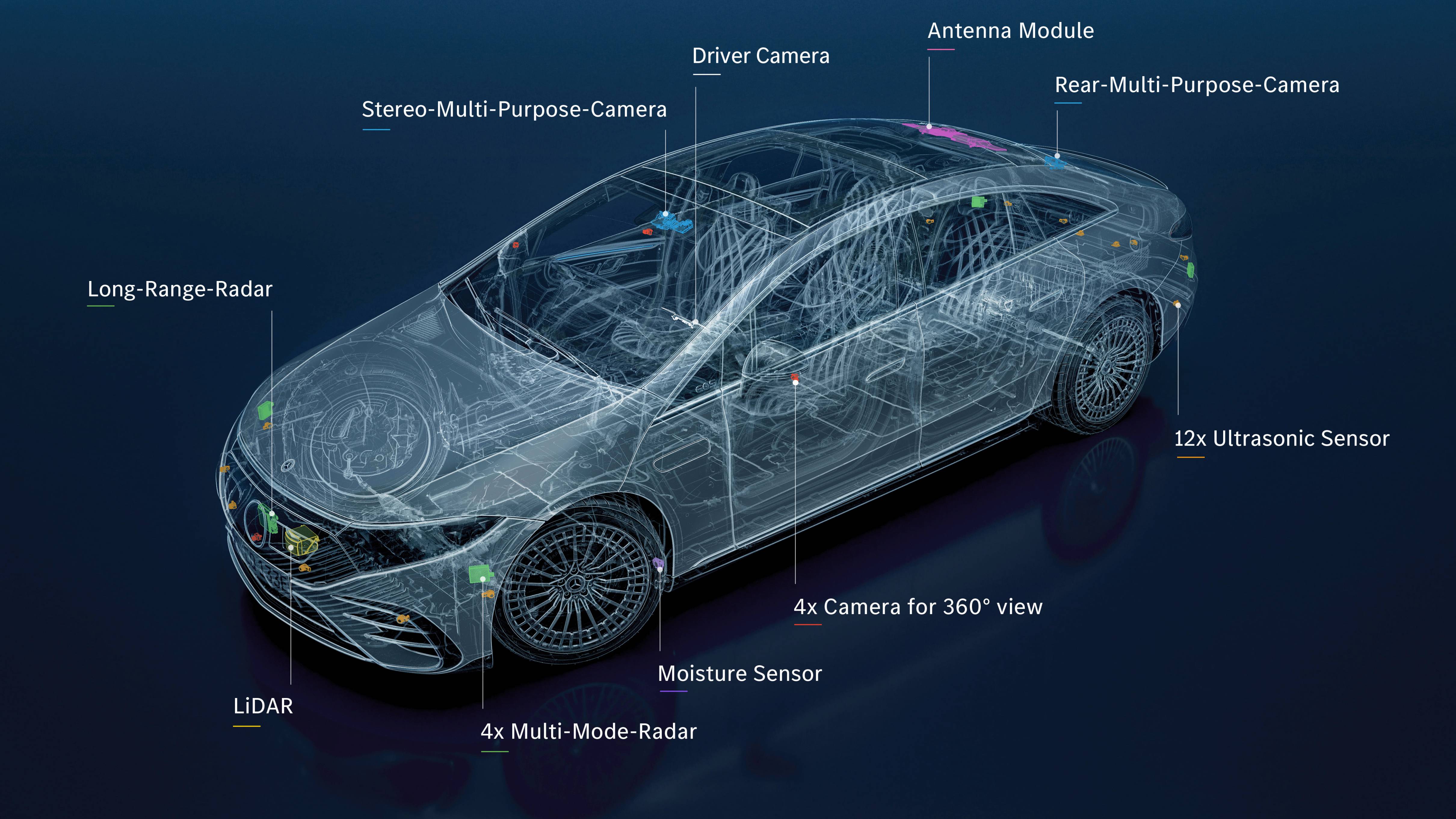
5. The safety
The EQS is a big car, so you already feel completely cocooned from the outside world once the big doors have clicked shut. With ridiculously comfortable, multi-adjustable, heated and cooled seats, as well as an optional 10-program hot stone massage function, you wouldn’t be completely forgiven for starting to feel a little drowsy.
Thankfully, the engineers have thought their way around this soporific side-effect with the ATTENTION ASSIST system. In a nutshell, your EQS is constantly looking at you, monitoring your eyelid movements to make sure a blink doesn’t evolve into a dangerous microsleep. If you’re even thinking of nodding off, the car will alert you, and suggest it’s time for a coffee and a sit down.
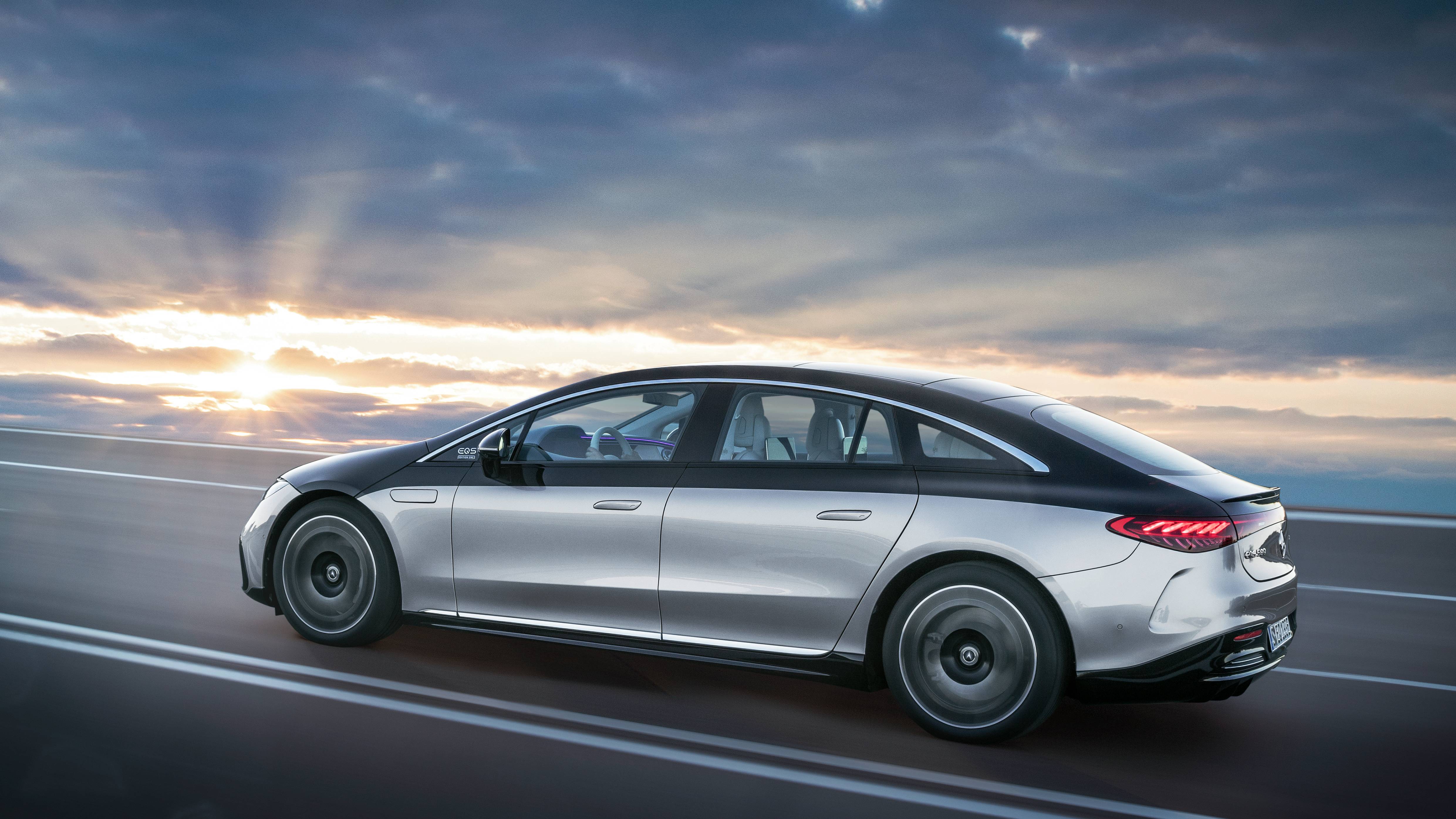
6. The environment
It’s impossible to build a 2,480kg luxury car without using a fair quantity of virgin materials. In fact, just 80kg of that weight currently comes from recycled materials. That said, Mercedes’ commitment to the environment is far-reaching and ongoing.
The EQS battery pack is 10% cobalt, a material that is pretty much the antithesis of fair trade (although Tesla batteries, we should point out, contain around 5% cobalt, with the ambition to go completely cobalt free in the future), and all suppliers are given thorough audits. EQS batteries should also get a second life as part of large-scale energy storage systems run by Mercedes-Benz Energy.

7. The perks
The cabin is well fortified against the outside world, with HEPA filters to scrub out pollen and pollution. Mercedes also devotes intensive research to how things smell, introducing the AIR BALANCE system a few years ago to inject a little bit of haute couture-inspired olfactory wizardry into its interiors. If you specify this, the EQS comes with an all-new fragrance, ‘No.6 MOOD Linen’.
The car also comes with a 15-speaker, 710-watt Burmester surround sound system. This is also responsible for channelling up to three bespoke ‘sound experiences,’ a subtle synthesised whoosh or growl that replaces the absence of engine noise.
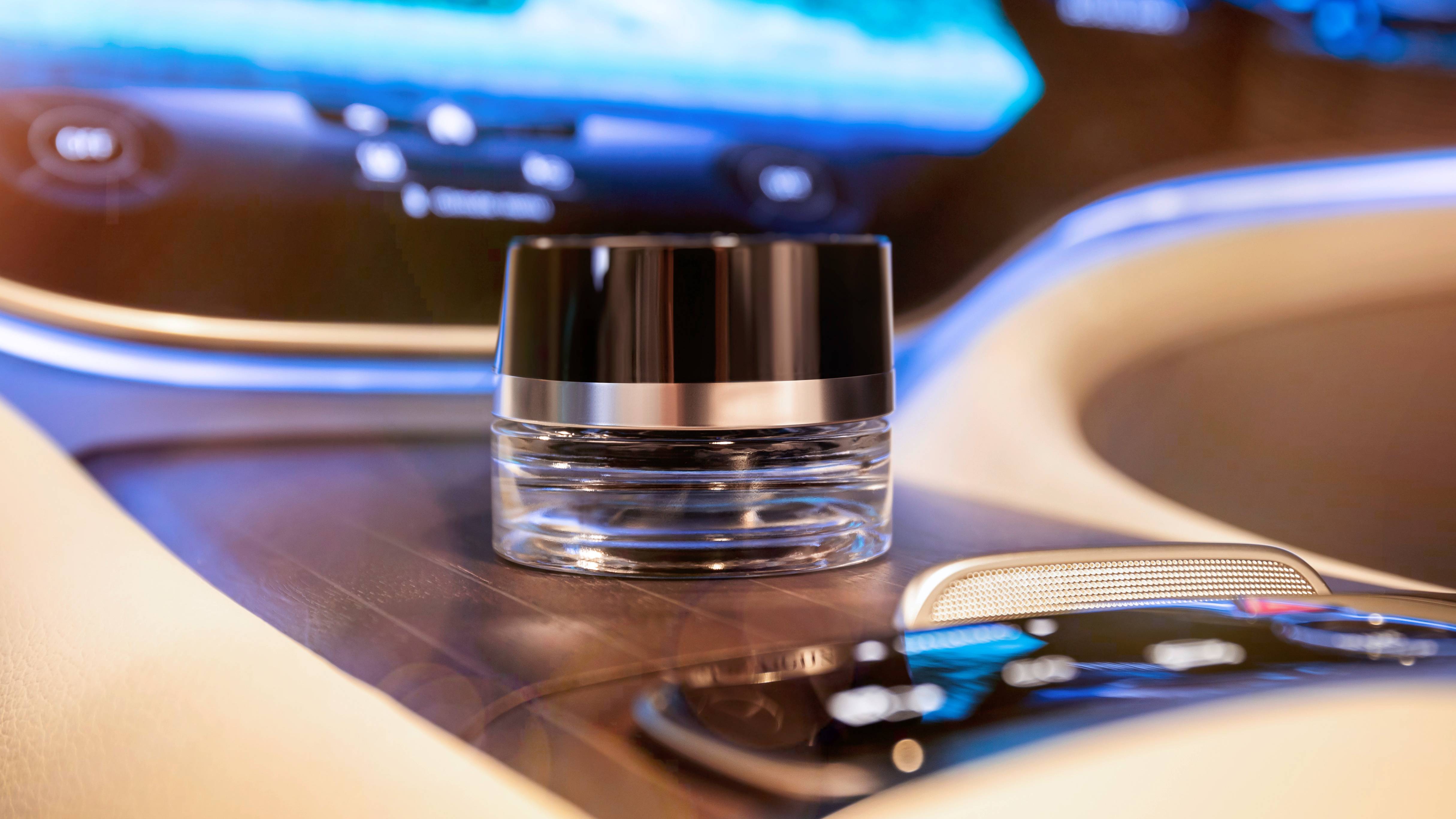
8. The rear
Most EQS owners will be more than happy to let someone else drive them. Rear seating is expansive, with a flat floor (thanks, batteries) and enough legroom for a basketball team. Up to three more screens are available.
The optional ENERGIZING COMFORT package can be specified for front and rear, and will embark on one of four programs – Freshness, Warmth, Vitality or Joy – in response to your mood.
If you’re wearing a compatible smartwatch, the system can pick up on cues like stress, sleep status, and pulse to make an intelligent suggestion to counter it. And if you’d like to spare your chauffeur from additional duties, the EQS has optional ‘automatic comfort doors’ that not only spring open as you approach the driver’s seat, but also allow the rear doors to be opened by the driver.

9. The steering
Did we say the EQS was a big car? At 5.2m it’s even longer than its cousin, the mighty S-Class. Yet thanks to standard rear axle steering, which pitches the rear wheels at an angle of up to 4.5°, the EQS is remarkable wieldy. A three-point turn in a narrow road is no longer a pulse-quickening exercise in frustration. The company promises an over-the-air software upgrade to increase that angle to 10°, effectively giving this mighty machine a turning circle tighter than a Mercedes A-Class.
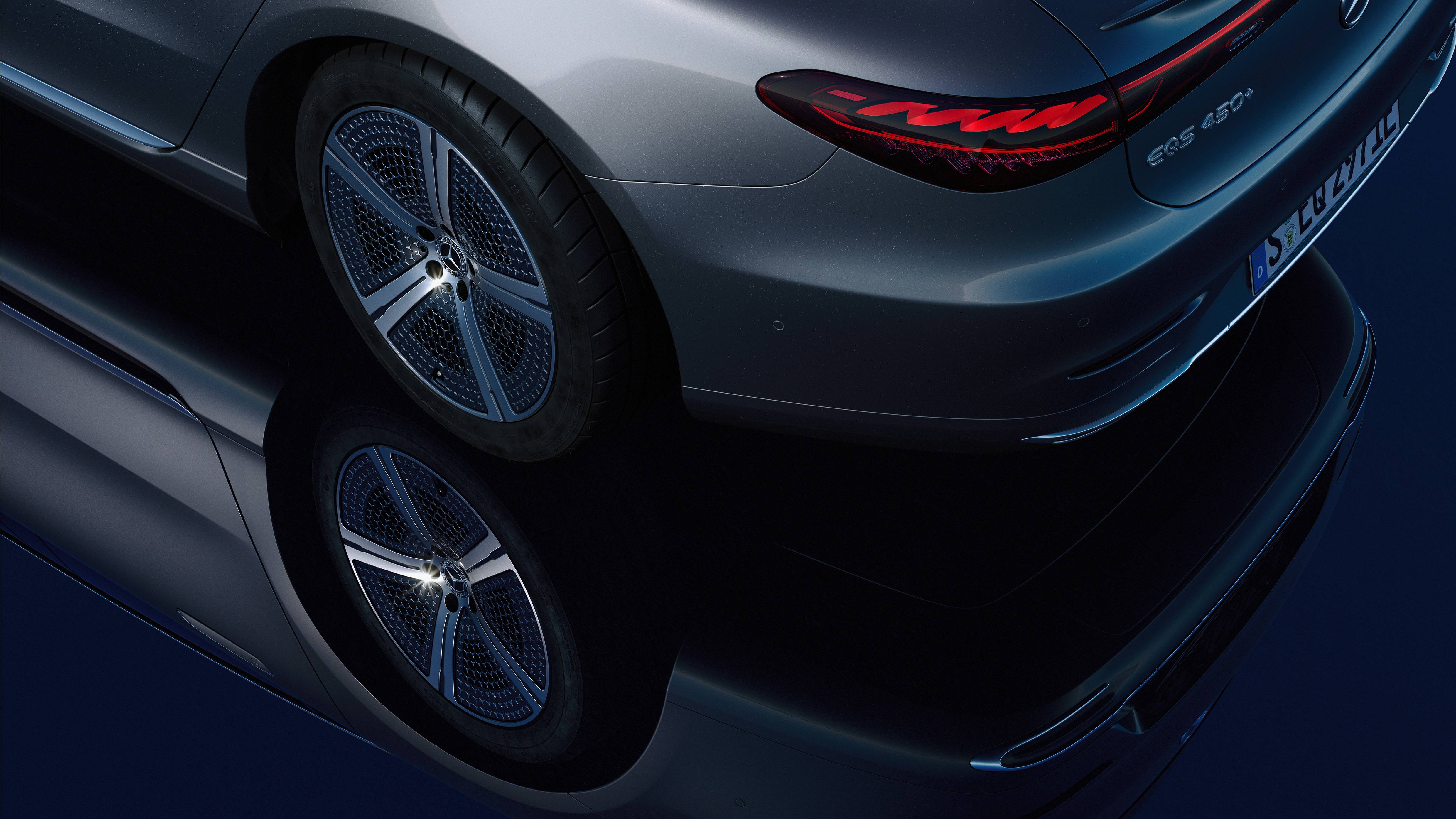
10. Hey, Mercedes!
In car assistants are becoming more and more organic, as car companies switch to AI driven models like those that power Alexa, et al. The MBUX can be completely driven by voice commands. You can offer up a chatty conversation opener – ‘Hey, Mercedes’ – and follow it with a string of commands, even abstracted ones that invite suggestions. ‘I’m cold’ will automatically warm the cabin. ‘I’m stressed’ will trigger the Energizing system to suggest a soothing sonic remedy.
Even passengers can get in on the act, with the system capable of learning different voices (like the S-Class, the EQS also has facial recognition, which will instantly re-set seats and mirrors to your preferred position if someone else has been driving the car).
There’s also smart home functionality (‘Hey, Mercedes, turn on the living room lights and heating’), indicating that the future of automotive luxury is more and more conversational interaction, as cars become smarter and more companion-like than ever before.
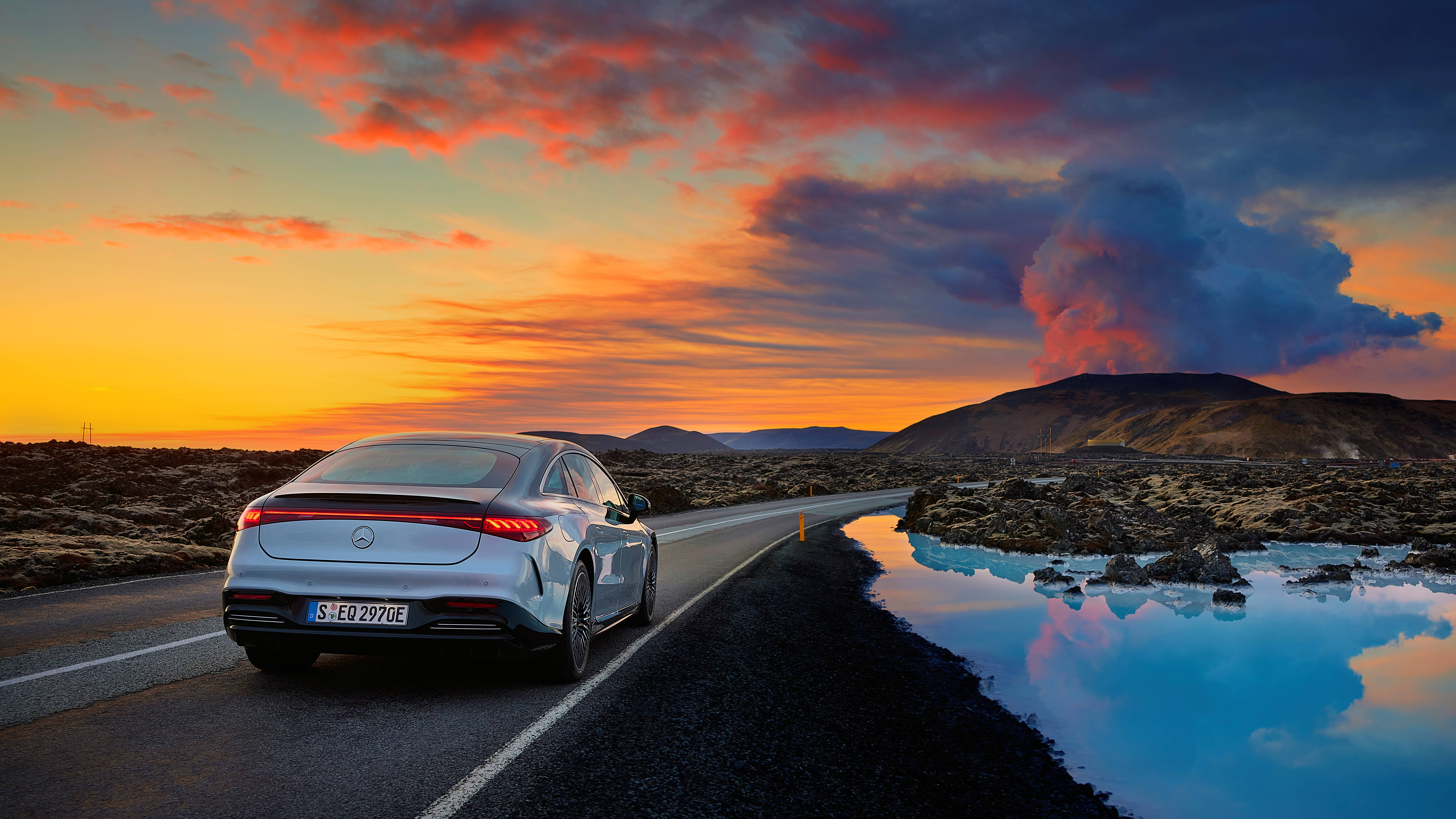
The Mercedes-Benz EQS starts from £99,995.
Read more at Mercedes-Benz.co.uk.
This article is part of The T3 Edit, a collaboration between T3 and Wallpaper* which explores the very best blends of design, craft, and technology. Wallpaper* magazine is the world’s leading authority on contemporary design and The T3 Edit is your essential guide to what’s new and what’s next.

Jonathan Bell is Wallpaper* magazine’s Transport and Technology Editor, a role that encompasses everything from product design to automobiles, architecture, superyachts, and gadgets. He has also written a number of books, including Concept Car Design, 21st Century House, and The New Modern House. His interests include art, music, and all forms of ephemera. He lives in South London with his family.
